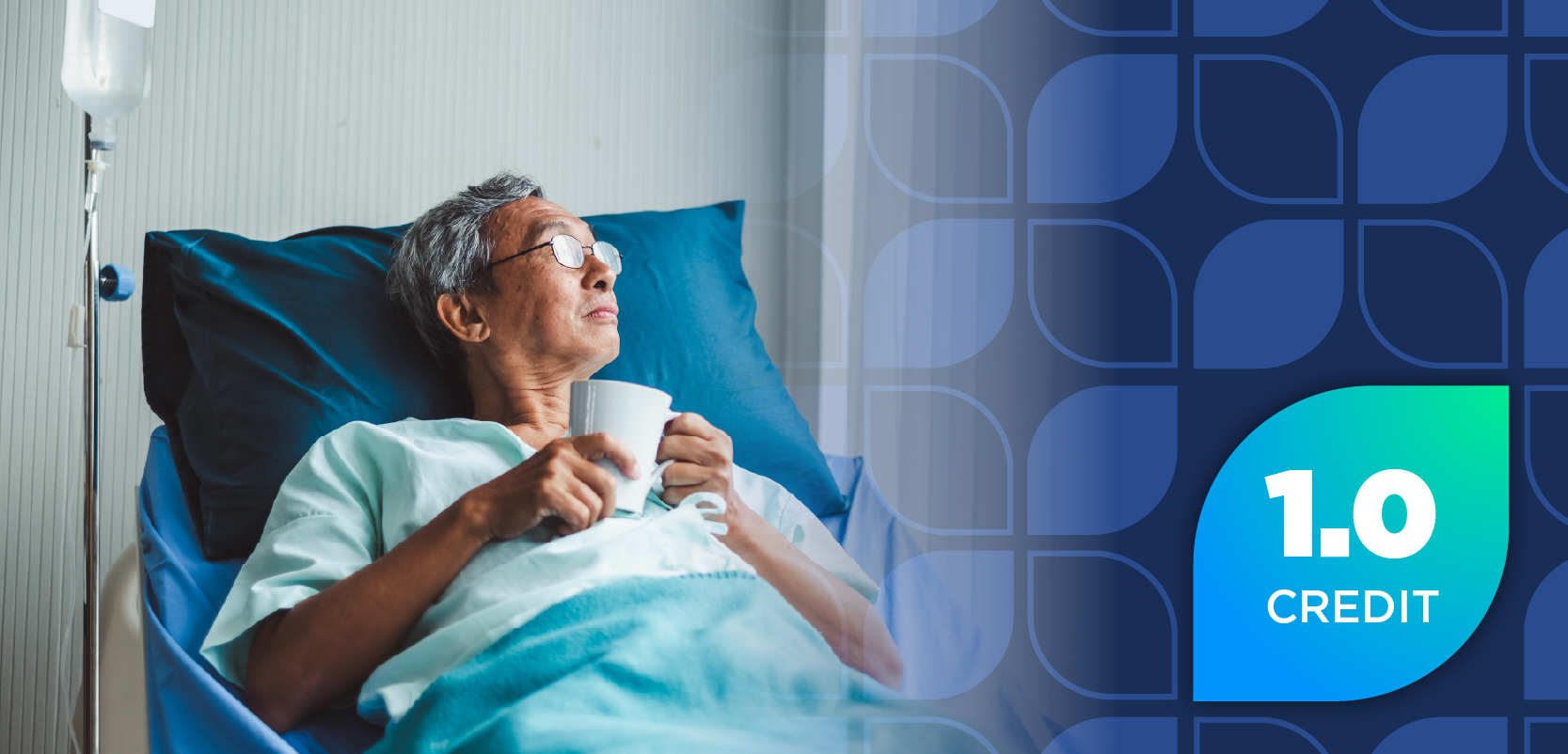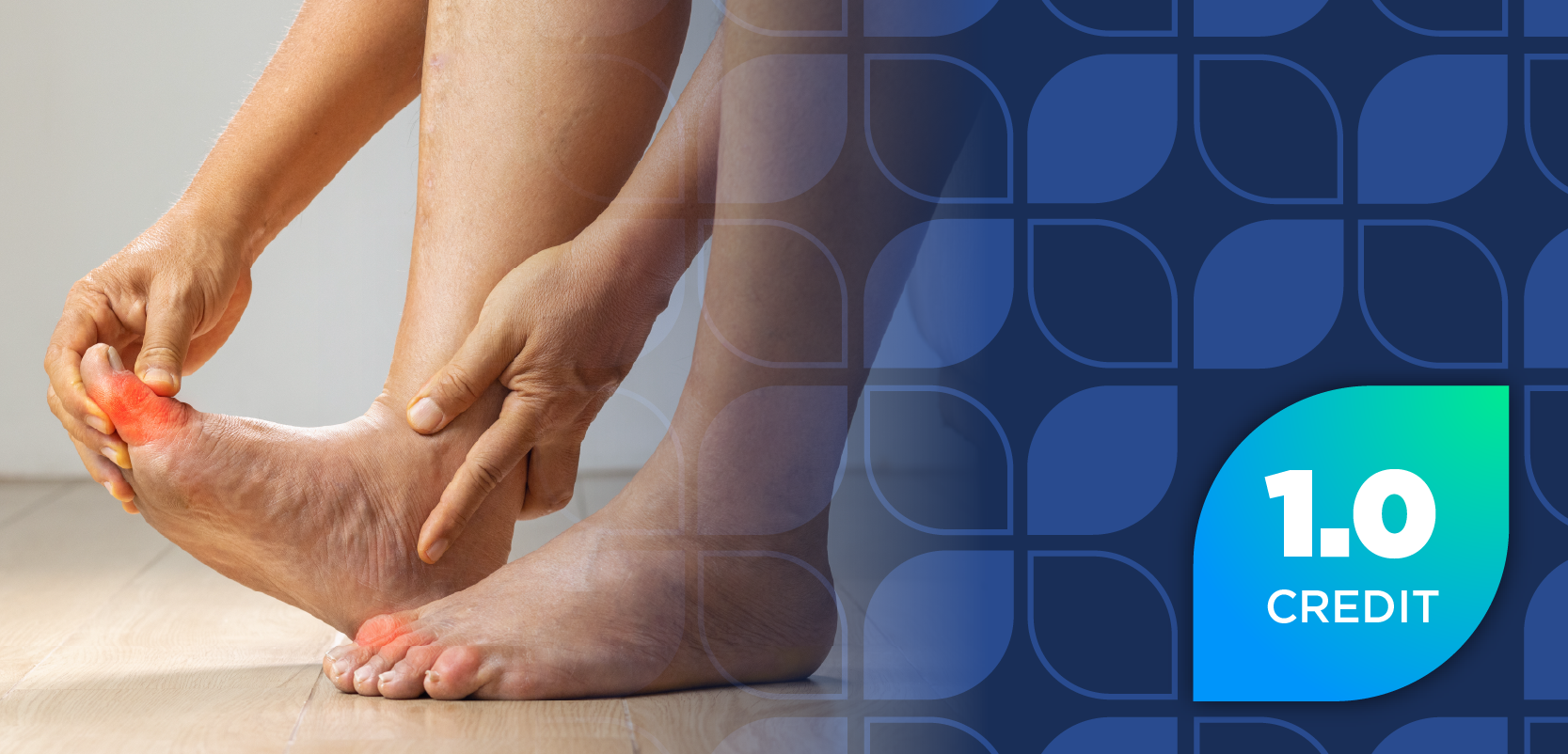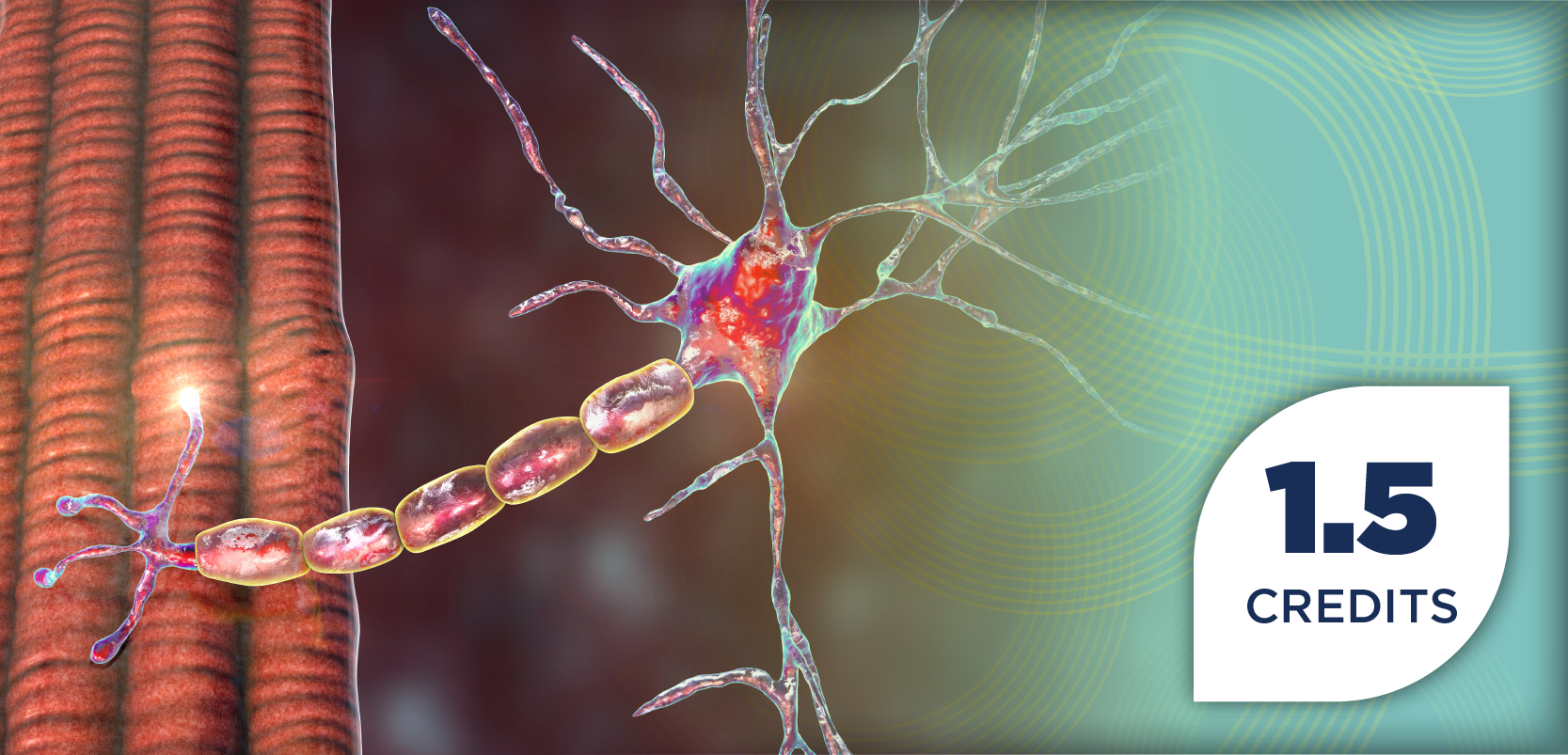
Pain Management
Latest News
CME Content


Jeff Fudin, PharmD, FCCP, argues that categorizing hydrocodone combination products as Schedule II drugs is unlikely to reduce abuse of the medications.

The agency has asked prescribers not to prescribe medications containing more than 325 mg of acetaminophen per dose.

One in 3 individuals is at risk for developing shingles.

One in 3 individuals is at risk for developing shingles.

Mary Lynn McPherson, PharmD, discusses the appeal of hydrocodone combination products to drug abusers.

Patients who received lower levels of opioid painkillers due to use of neuraxial analgesia along with general anesthesia had lower levels of systematic progression and overall death than those who received general anesthesia alone.


Jeff Fudin, PharmD, FCCP, argues that there is no evidence to support categorizing hydrocodone combination products as Schedule II drugs rather than Schedule III drugs.

In the first in a series of videos on regulation of hydrocodone combination products, Mary Lynn McPherson, PharmD, discusses the dramatic increase in the use of opioids in the United States.

Opioid abusers who prefer oxycodone cited the quality of the high as the primary reason behind their choice, while those who prefer hydrocodone were more likely to cite its accessibility, a new study finds.

Our round-up of new prescription products.

A review of guidelines for use of opioid painkillers to treat chronic pain finds that they are in general agreement but are frequently based on limited or low-quality evidence.

Opioid painkillers were given to more than half of nonsurgical US hospital patients, a study finds, with wide variations in prescribing rates among hospitals and notable variations based on region.

Almost 1 in 10 adolescent patients at an emergency department reported misusing opioids or sedatives, and few had a current home prescription for the medication they misused.

In an attempt to stem the abuse of hydrocodone combination products, the agency will recommend that they be reclassified as Schedule II drugs from their current status as Schedule III drugs.


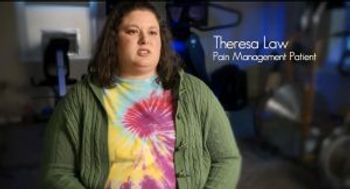
A patient who thought chronic pain meant she would never work again or have a normal family life found relief at the Nebraska Medical Center.
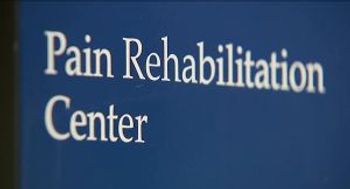
A patient with unyielding pain for a decade learns how to manage her pain at the Mayo Clinic's Pain Rehabilitation Center.

Sherilyn Driscoll, MD, a pediatrics physiatrist at the Mayo Clinic, discusses how treatment of chronic pain in children has changed.

Three years after undergoing bariatric surgery, average daily morphine equivalents for chronic opioid users increased by 18% compared with intake a year before the surgery.

Our round-up of the latest generic products.

Between 2000 and 2010, the rate of opioid prescription increased by 73%, while the portion of patients with a primary symptom or diagnosis of pain was generally stable.

Labels on all extended-release and long-acting opioid analgesics will be amended to ensure they are used only by those who need them and to warn pregnant women of the risk of neonatal narcotic withdrawal syndrome.





